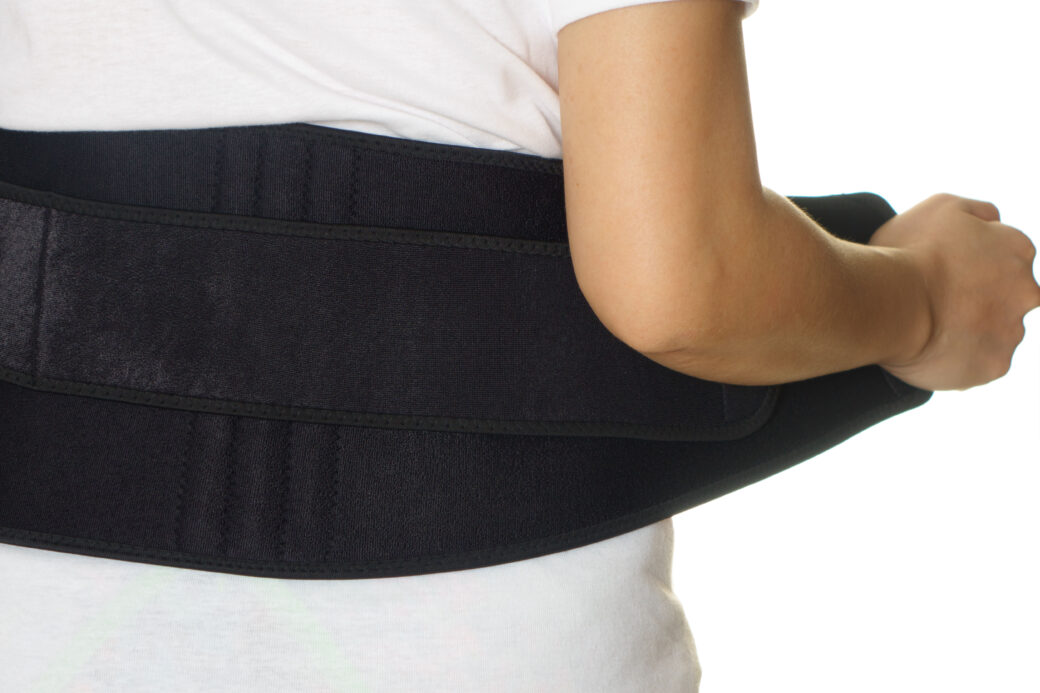
While lumbar support can be highly beneficial for many people, there are some potential disadvantages and considerations to be aware of.
Over-Reliance
- Muscle Weakness – Relying too much on lumbar support can lead to the weakening of the muscles that naturally support the spine, as these muscles might become less active and strong over time.
- Dependency – Individuals may become dependent on lumbar support and feel discomfort when it is not available, potentially impacting their ability to maintain good posture independently.
Improper Use
- Incorrect Adjustment – If the lumbar support is not adjusted correctly, it can cause more harm than good. Improper positioning can lead to discomfort and exacerbate back issues.
- Non-Ergonomic Chairs – Adding lumbar support to a chair that is not ergonomically designed can result in an awkward sitting posture, negating the benefits of the lumbar support.
Temporary Relief
- Symptom Masking – Lumbar support might provide temporary relief without addressing underlying issues such as muscle imbalances, poor posture habits, or structural problems. This can delay proper diagnosis and treatment.
- Partial Solution – It may not be a comprehensive solution for individuals with chronic back pain or severe spinal conditions, who might need a more integrated treatment approach.
Comfort Issues
- Discomfort – Some people might find lumbar support uncomfortable, particularly if it is too firm or does not conform to their back shape.
- Heat and Sweating – Certain lumbar support materials can cause sweating and discomfort, especially in warm environments.
Limited Use in Certain Conditions
- Specific Medical Conditions – Lumbar support may not be suitable for everyone, especially for those with certain spinal conditions or injuries where additional support could aggravate the problem. Consulting a healthcare professional is important before using lumbar support.
- Personal Preference – Not everyone finds lumbar support beneficial. Some people might prefer other forms of back support or ergonomic adjustments.
Cost and Accessibility
- Expense – High-quality lumbar support devices can be expensive, making them less accessible for some individuals.
- Availability – Not all chairs or seating arrangements are compatible with added lumbar support, limiting its use in certain settings.
Addressing the Disadvantages
To mitigate these disadvantages, consider the following:
- Proper Adjustment – Ensure that lumbar support is correctly positioned to match the natural curve of your spine.
- Regular Exercise – Engage in exercises that strengthen the core and back muscles to support the spine naturally.
- Ergonomic Setup – Combine lumbar support with other ergonomic adjustments to your workspace, such as an adjustable chair, desk height, and monitor positioning.
- Professional Advice – Consult with a healthcare professional or ergonomist to determine if lumbar support is appropriate for you and to get recommendations tailored to your specific needs.
- Gradual Use – Gradually incorporate lumbar support into your routine to avoid over-reliance and to give your body time to adapt.
Lumbar support can be a valuable tool for improving posture and reducing back pain, but it’s important to use it correctly and as part of a comprehensive approach to back health.
Related Posts
What Is The Best Exercise For Lumbar Pain?
On
October 14, 2024
Why Is Lumbar Support So Uncomfortable?
On
September 2, 2024
How Can I Adjust My Lumbar Spine By Myself?
On
November 1, 2024
Does Lumbar Support Actually Help?
On
June 10, 2024



